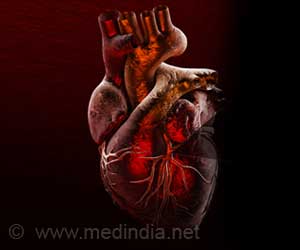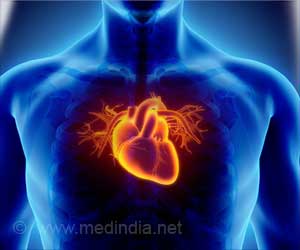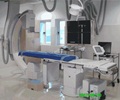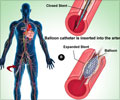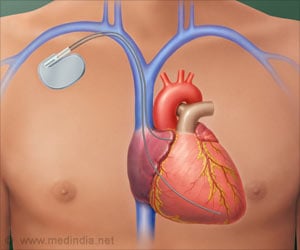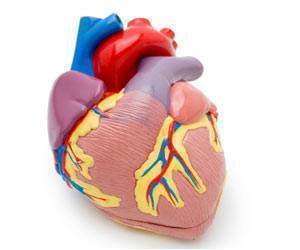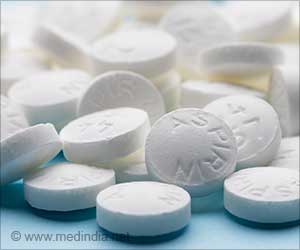In-hospital mortality of patients with acute myocardial infarction fell by at least half over the 20 year period.

‘The symptoms of a heart attack can vary from person to person. Some people can have few symptoms and are surprised to learn they've had a heart attack.’





"Research in the 1990s showed that younger women with acute myocardial infarction had a higher mortality than men of similar age," said Dr Dragana Radovanovic, head of the AMIS Plus Data Centre, University of Zurich, Switzerland. "Little is known about whether this gender difference has persisted over the years." This study assessed changes in the in-hospital mortality of men and women with acute myocardial infarction over a 20 year period. The researchers retrospectively analysed prospective data collected from January 1997 through December 2016 in the Swiss nationwide acute myocardial infarction registry AMIS Plus.
The study included 51 725 acute myocardial infarction patients from 83 Swiss hospitals. Among them, 30 398 (59%) presented with ST-segment elevation myocardial infarction (STEMI) and 21 327 (41%) with non-ST-segment elevation myocardial infarction (NSTEMI). The study population was 73% male (mean age 64 years) and 27% female (mean age 72 years). The mean age did not change for either sex during the observation period.
The researchers found a decrease in crude in-hospital mortality from 1997 to 2016. In STEMI patients, in-hospital mortality significantly dropped from 9.8% to 5.5% in men and from 18.3% to 6.9% in women (p<0.001 for both). In NSTEMI patients it fell from 7.1% to 2.1% in men and 11.0% to 3.6% in women (p<0.001 for both).
Dr Radovanovic said: "The data shows that in-hospital mortality of patients with acute myocardial infarction fell by at least half over the 20 year period. The differences in death rates between men and women also reduced."
Advertisement
Dr Radovanovic said: "Although in-hospital mortality continues to be higher in women than men, overall age-adjusted mortality has decreased more prominently in women compared to men, particularly those in the age category below 60 years."
Dr Radovanovic said: "Women still have higher in-hospital mortality from acute myocardial infarction than men, probably because they are eight years older when they have a heart attack, and they have more cardiovascular risk factors and comorbidities. However, the gender gap in mortality has narrowed over the past 20 years which may be due to increasing use of PCI in women."
Source-Eurekalert


